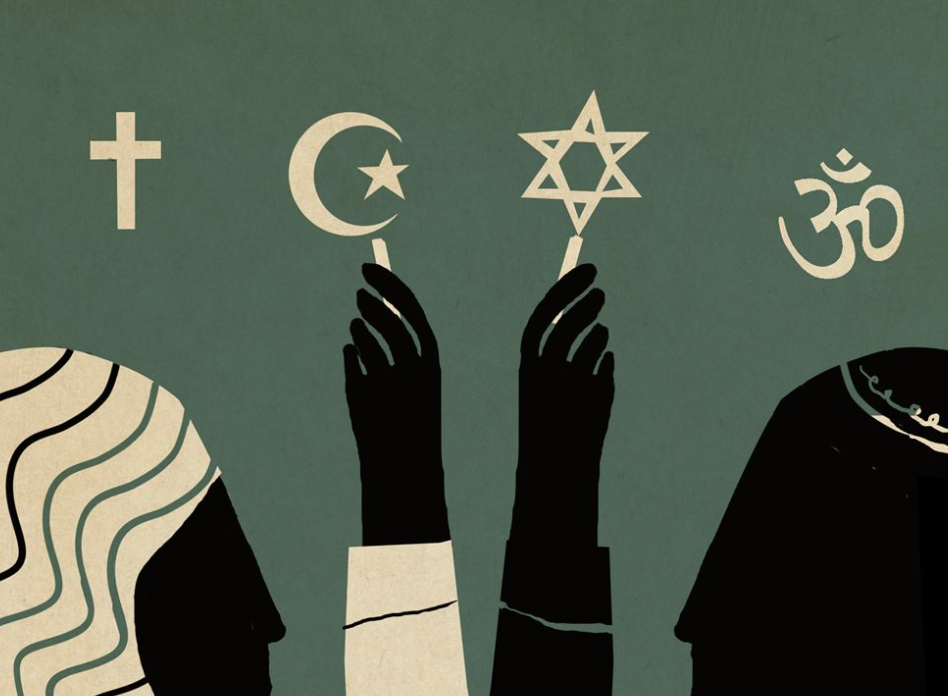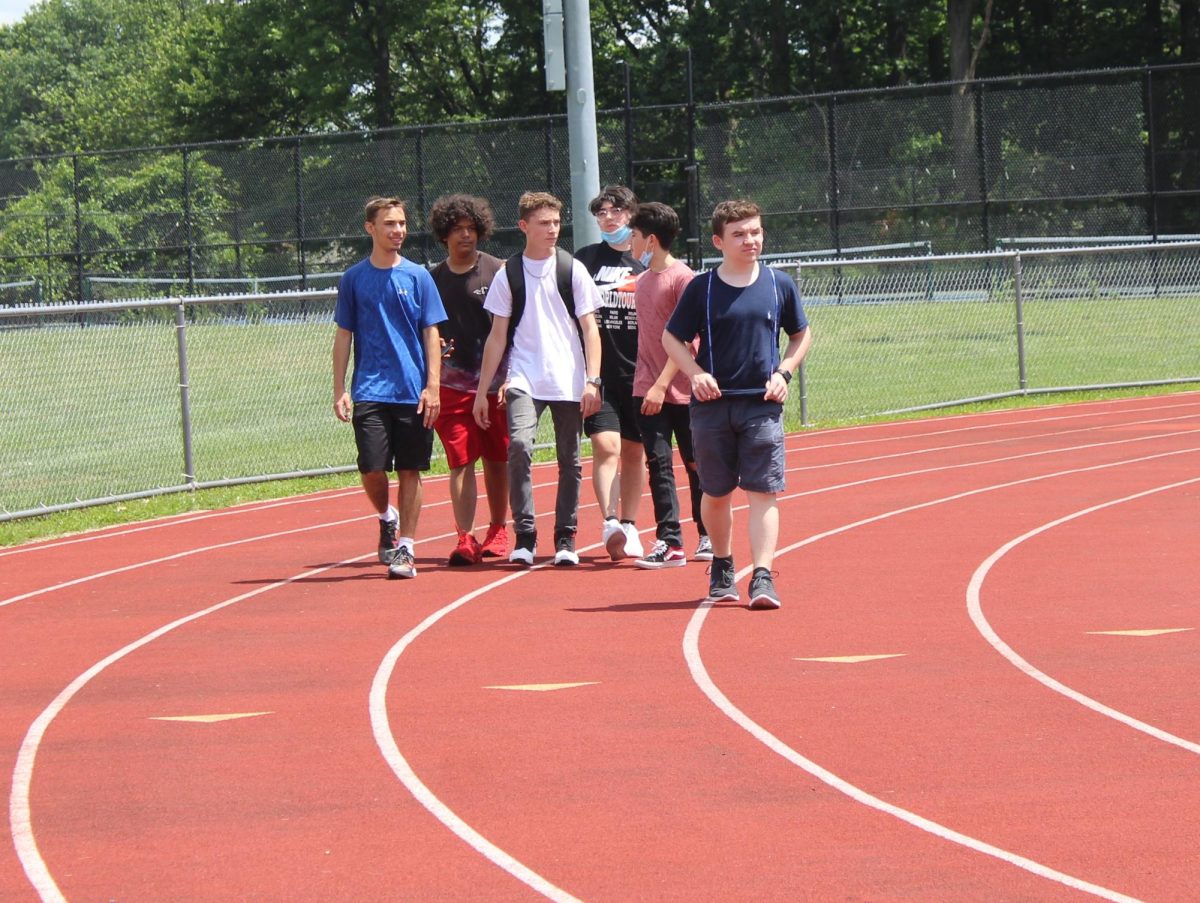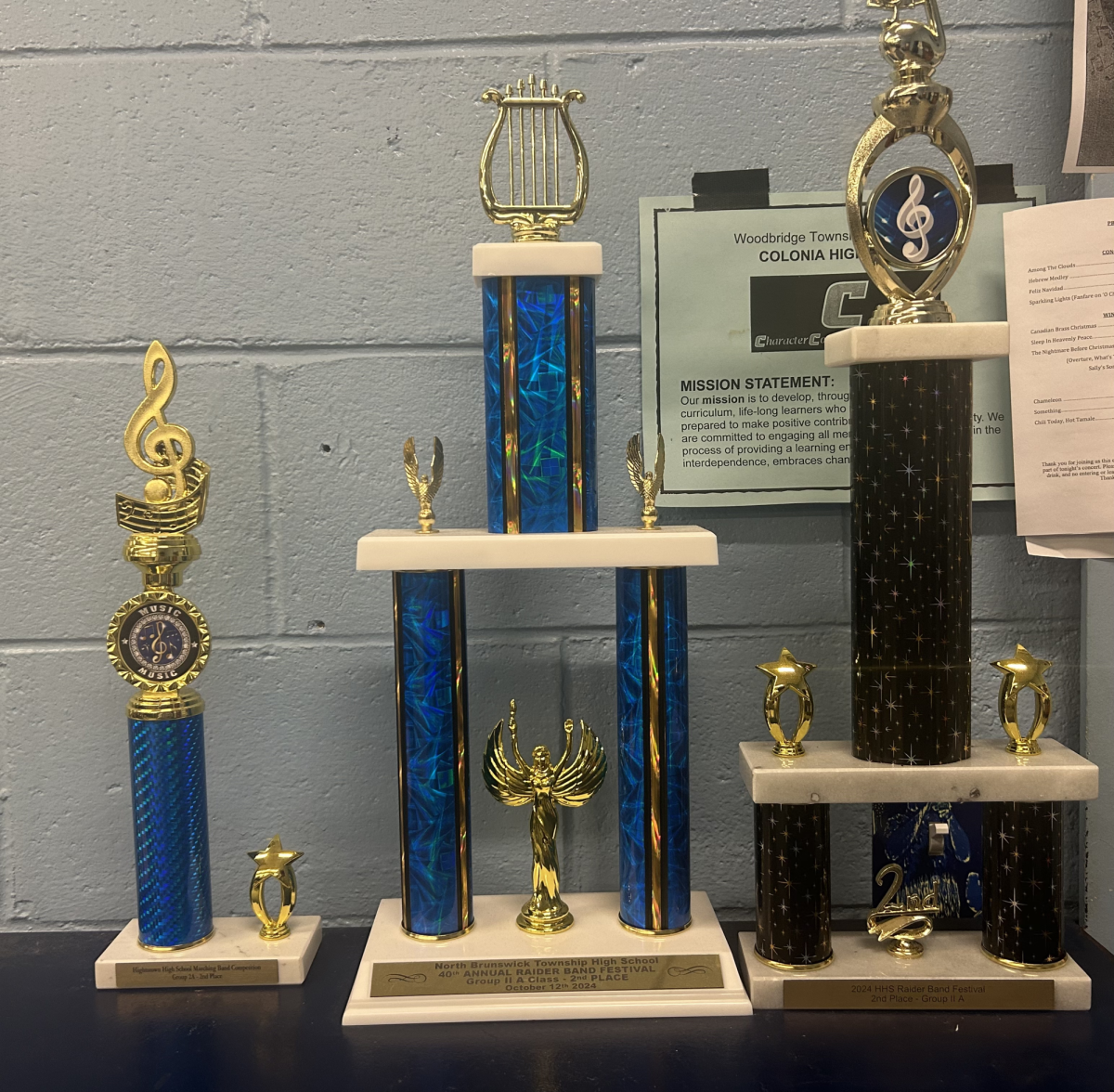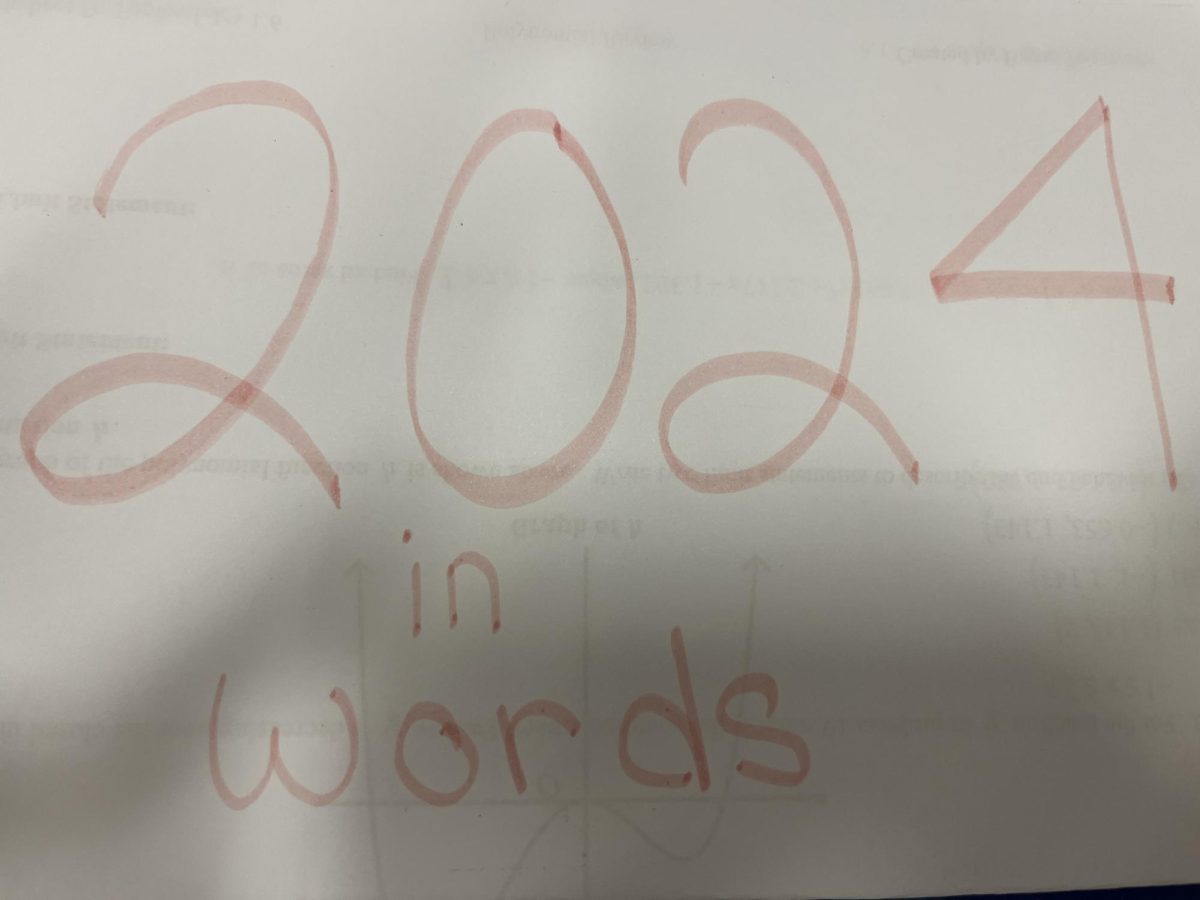In an increasingly diverse and interconnected world, the need for cultural understanding and religious literacy has never been more pertinent. Introducing religious background/history classes in public schools offers a gateway to stimulate empathy, tolerance, and mutual respect among students of varying beliefs.
By teaching the tapestry of different religious traditions, students gain a deeper understanding of the world around them, paving the way for a more inclusive society
Embracing Diversity: The Case for Religious Education in Public Schools
In an increasingly interconnected world, understanding and respecting diverse beliefs is essential. One way to foster such understanding is through a comprehensive religious education program in public schools.
Introducing a class covering the history and core of major world religions—such as Christianity, Judaism, Catholicism, and Islam—can be vital to promoting tolerance, empathy, and informed citizenship.
Religious literacy involves understanding the basic tenets, historical development, and cultural impact of the world’s major religions. Despite its importance, many people lack basic knowledge about religions other than their own.
Which can lead to misunderstandings, prejudice, and even conflict. Incorporating religious studies into public education can inform students to navigate a diverse society more thoughtfully and respectfully.
Educational Benefits
Religious studies courses do not promote any particular belief system but rather provide an academic overview of each religion. Students will learn about the origins, key figures, scriptures, rituals, and significant historical events of Christianity, Judaism, Catholicism, and Islam.
This knowledge allows students to understand history, literature, art, and politics, as these religions have had a profound impact on these areas.
For example, understanding the Protestant Reformation is essential to grasping European history, just as knowing the Five Pillars of Islam is essential to understanding the cultural practices of millions of people around the world.
By studying these religions in an objective and scholarly manner, students can get a glimpse of the diversity of human thought and experience. Promoting Tolerance and Empathy
Exposure to various religious beliefs and practices can also foster tolerance and empathy. When students learn about the values and traditions of different religions, they are more likely to develop respect for those who hold beliefs different from their own.
This can help reduce religiously motivated bullying and discrimination, creating a more inclusive school environment. In today’s polarized world, where misunderstandings about religious practices can lead to fear and hatred, educating young people about different faiths is a powerful tool for peace.
Addressing Concerns
Some may worry that teaching about religion in public schools could blur the line between church and state. However, it is crucial to distinguish between religious instruction
Religious education (teaching students about religions in an academic and unbiased manner). Which is entirely appropriate and beneficial in a secular education system.
To ensure the course remains neutral and educational, teachers should receive proper training in religious studies and cultural sensitivity. Curriculum guidelines should emphasize critical thinking and respect for all beliefs, avoiding any endorsement of particular religious views.
Implementing a religious studies class in public schools is not about promoting religiosity but about fostering an informed and respectful society. By educating students about the history and beliefs of Christianity, Judaism, Catholicism, and Islam.
We can prepare them to engage with the world’s diversity in a more meaningful and compassionate way. In doing so, we build the foundation for a more understanding and cohesive society, where knowledge dispels ignorance and empathy overcomes prejudice.
Visit https://www.nea.org/professional-excellence/student-engagement/tools-tips/teaching-about-religion for more information about the spread of history religion classes in public schools.










